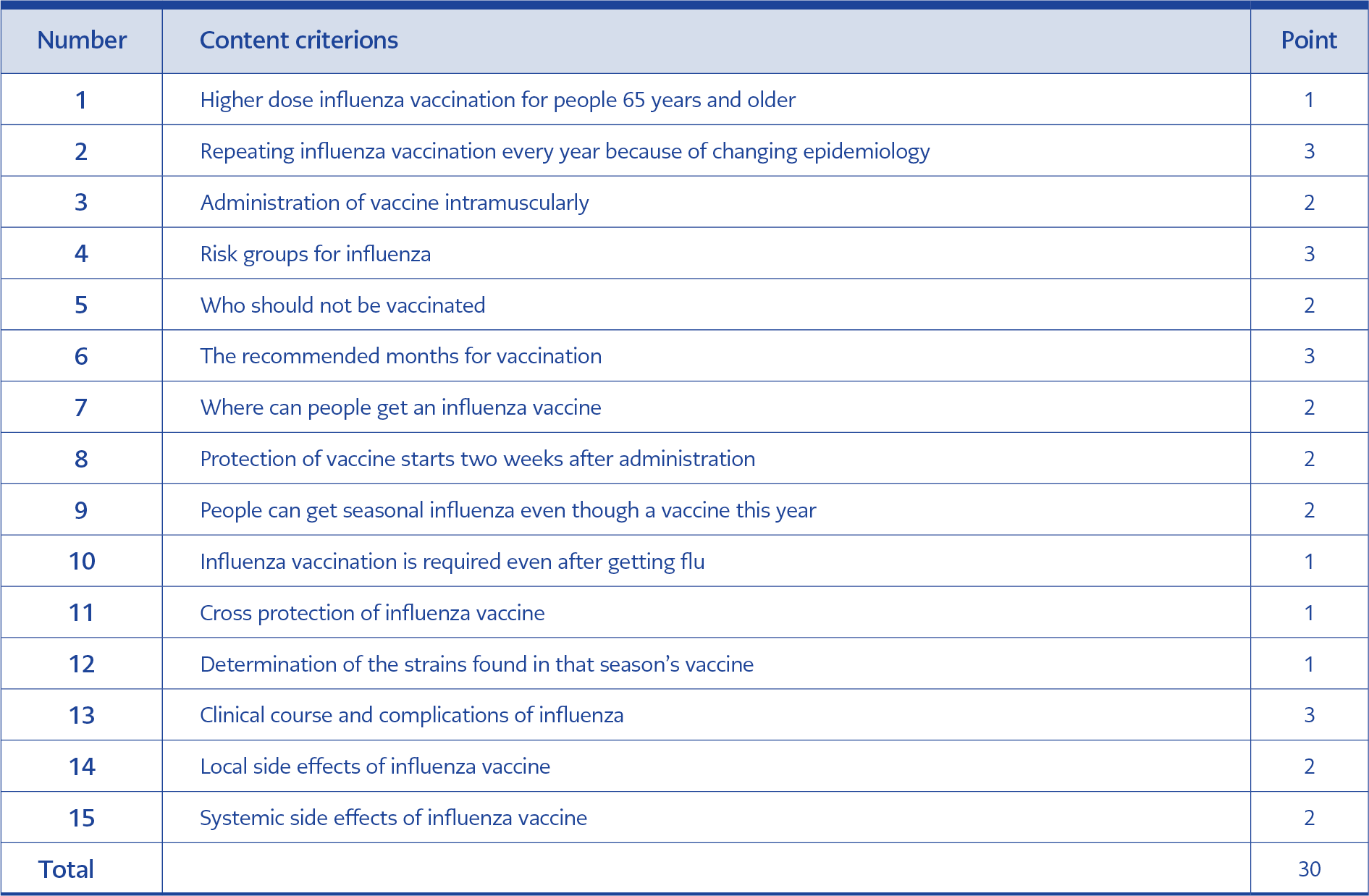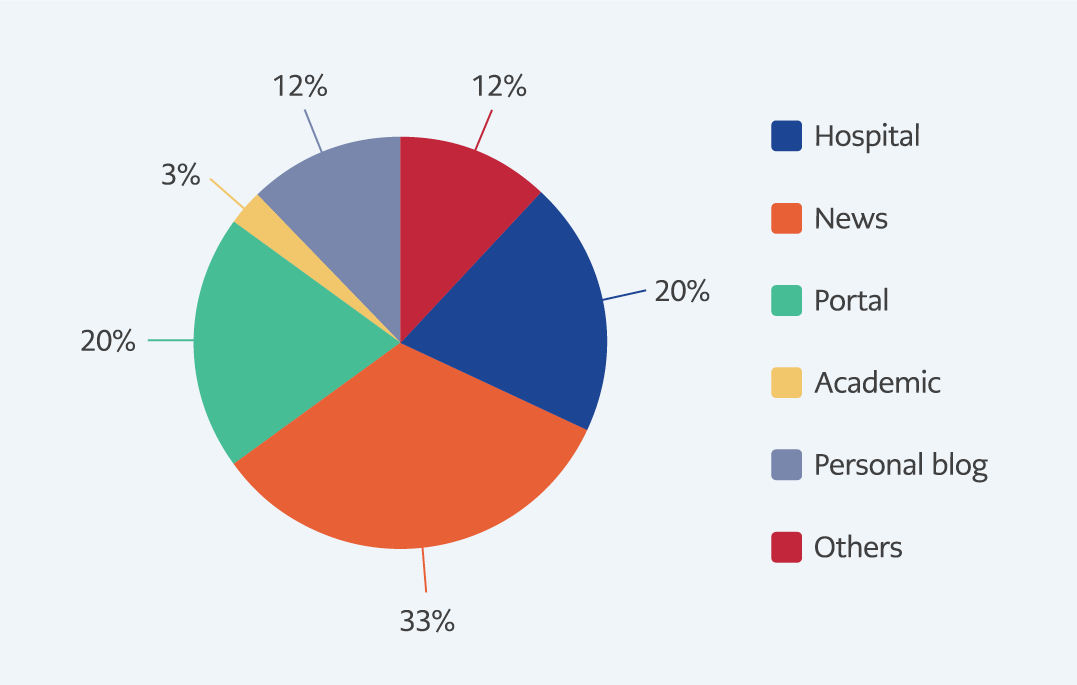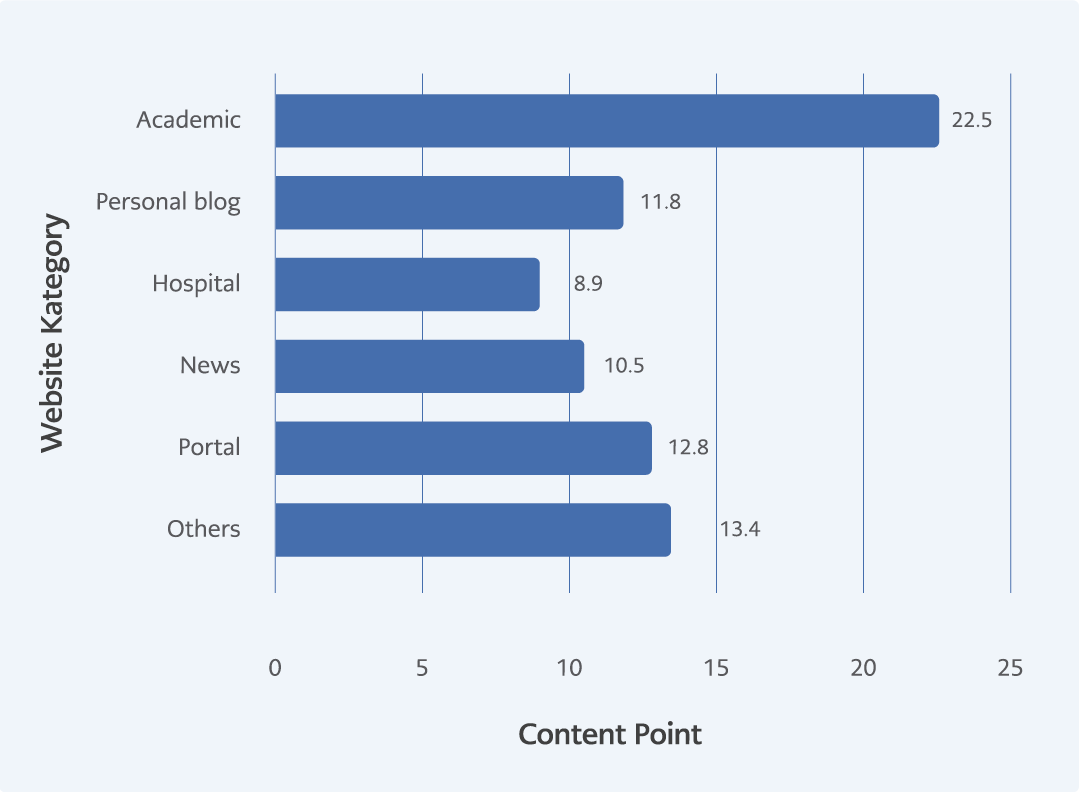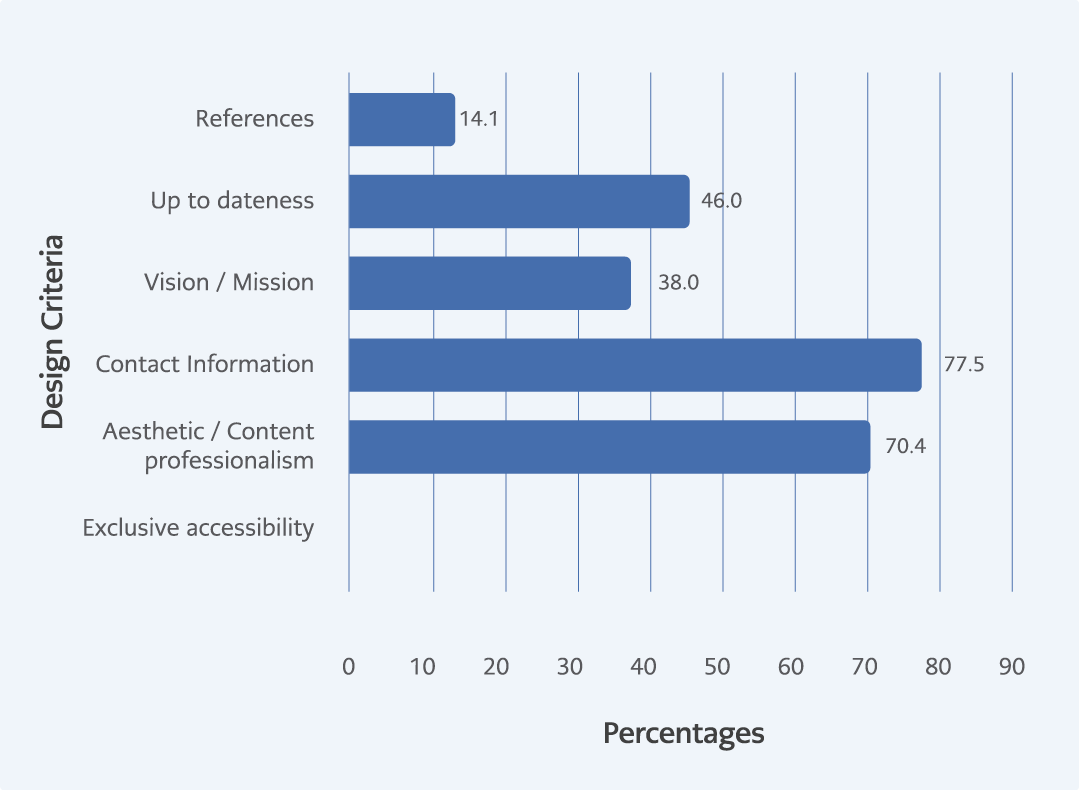Introduction
Influenza constitutes one of the major threats to the health system, affecting up to 10% of the world’s population every year (1, 2). According to the Centers for Disease Control and Prevention (CDC) database, between 1999-2015, 291,000-646,000 deaths caused by influenza-associated respiratory disease were recorded worldwide (3). Seasonal influenza viruses can cause high morbidity and mortality, especially in people with underlying diseases, the elderly, pregnant women and children (4). Influenza vaccination is the primary prevention method of influenza infection (5).
Local policies, knowledge and perceptions can influence the vaccination rate in different communities. The rate of influenza vaccination and factors affecting infection control team (ICT) decision on getting vaccinated was assessed in a multinational study. In Turkey, the overall vaccination rate in the 2018-2019 season was only 39%, even among ICT members primarily responsible for the vaccination of health care professionals. Not being in a risk group and not believing the vaccine’s efficacy were the major reasons for not getting vaccinated (6). Therefore, it is important to find out the reasons affecting vaccination decision and provide reliable vaccine-related information to enhance the vaccination rates.
The Internet remains a frequently referenced source of information, and the Internet usage rate has been augmented in Turkey as well as all over the world (7). According to the Turkish Statistics Institute Information and Communication Technology (ICT) Usage Survey on Households and Individuals, 2019, the Internet access rate throughout Turkey increased to 94.9% in 2019 (8). The Internet is increasingly preferred as a source of health-related information (9). However, several studies revealed deficiencies in the quality of web-based health information (10). For example, some of the news on the websites can have positive/neutral/negative attitudes towards influenza vaccination (9). Despite the wealth of evidence that vaccines prevent disease and save millions of lives every year, vaccine hesitancy became an important challenge in public health (11). It causes delay, and vaccine refusal becomes a risk for vaccine-preventable disease outbreaks (11). Also, social media has allowed amplifying and spreading of antivaccination messages (12). Therefore, the contents and formats of websites giving vaccine information must be planned and tested carefully. Our study aimed to analyze the content and design of influenza vaccine-related websites.
Materials and Methods
Ankara University Faculty of Medicine Ethical Committee approved the study. This cross-sectional study was conducted using the most common search engine, Google Search, available in the Turkish language. The study was conducted between November 1, 2016, and December 1, 2016. We searched for 15 search terms related to influenza (H1N1, influenza vaccine, vaccine mandate, “who should be vaccinated”, “who should not be vaccinated”, elderly, childhood, malignancy, pregnancy, ingredients of the vaccine, vaccination at the pharmacy, the timing of vaccination, benefits of vaccination, harms of vaccine, vaccine marketing). The top ten links on the first page were included for each search term, and duplicated links were excluded from the study. The selected websites were evaluated according to a list of content and design criteria. Contents of websites on influenza vaccine were assessed according to key facts about influenza vaccination determined by CDC in 2016 (13). The information on the websites was graded from 1 to 3 according to the medical content (1: general information; 2: detailed information; 3: very detailed/elaborated information) (Table 1). Vaccine Safety Net (VSN), The Global Advisory Committee on Vaccine Safety (GACVS) initiative, developed four categories of criteria (credibility, content, accessibility and design) in order to assess information on vaccines publicly available on the Internet. World Health Organization (WHO) design standardization based on VSN criteria was used to detect the suitability of websites design (14). Presence of references, up-to-dateness, having vision/mission, presence of contact information, aesthetic/content professionalism, accessibility of websites were assessed based on this set of criteria. Sites were encoded as 1 or 0 depending on whether they met the evaluation criteria.
Statistical analyses were performed by using Statistical Package for the Social Sciences (SPSS) software version 18.0. The results of descriptive statistics were reported as mean ± standard deviation for variables with normal distribution. Categorical data were reported as frequencies and percentages. The chi-square test was used to assess the significant association between categorical variables. Statistical significance was set at p < 0.05.
Results
Totally 150 links were obtained, 71 were evaluated after excluding duplication. Websites were categorized into academic, news, personal blog, hospital, portal sites and others (Figure 1). We applied 15 content criteria to determine the property of websites content (Table 1). The mean content criteria score of all selected websites was 11.5. The content points for each category are shown in Figure 2. While academic websites received the highest content point with 22.5, news and hospital sites remained below average with 10.5 and 8.9 points, respectively. Less than fifty percent of all websites met criteria other than criteria 2, 4, and 6. Criteria 2 (vaccine should be repeated every year), 4 (risk groups should be vaccinated) and 6 (the recommended months for vaccination) were met by 53.5%, 74.7%, 59.2% of all websites, respectively. Criteria 1 (2.8%), 10 (5.6%), 11 (4.2%) were satisfied with the lowest rates in the websites.
Websites were evaluated according to WHO design criteria. Thirty-eight percent and 77.5% included aesthetic/content professionalism and contact information, respectively. References were found only in 14.1% of websites (Figure 3). Websites whose design criteria scores were 1, 2, 3 and 4 had 12, 11.4, 10.4 and 14 points for content criteria, respectively. The websites with higher design criteria did not have higher content points.
Discussion
Influenza is an important viral respiratory disease with a significant burden on public health. Therefore, many interventions focus on the prevention of influenza. Preventive measures include vaccination, hand hygiene and surgical masks (15). The best method for controlling and preventing influenza disease is vaccination, reducing the incidence of the disease and its severity (16).
Vaccination is considered a milestone in public health because it significantly affects morbidity and mortality rates of infectious diseases (17). A wide range of factors can potentially influence the vaccination decision (18). Over the past few decades, vaccine hesitancy has become a significant threat to public health, resulting in outbreaks such as measles (19). The misinformation propagated by anti-vaccine groups and media augmented concerns about vaccines (20). Although many scientific data support the safety of the recommended vaccines, fighting against false information to persuade people with vaccine hesitation continues to be a major problem (19).
Most people search for health information online especially using search engines (21). However, there are concerns regarding the accuracy and reliability of the Internet besides it provides immediate and easily available information (22). Misleading and over-interpreted health news in social media can be a potential threat to public health. A study investigating the spread of fake medical news showed that the most misleading content was about vaccines (23). Anti-vaccine websites generally focus on the ineffectiveness and danger of vaccines with incorrect interpretations of scientific reports (21). People’s knowledge and attitude about influenza vaccination can be affected by the output of search engines (15). Inappropriate information is not only found on websites but also on other media platforms (24). For example, Frazier et al. showed that inaccurate information about hand hygiene was provided 76% from television, 53% from magazines, 12% from newspapers (25).
Seventy percent of studies concluded that the quality of health information on websites was an important problem (24). Significant differences can be observed between websites categories in terms of content (22). For example, scientific websites provided more appropriate information for idiopathic pulmonary fibrosis than news and personal blog websites (22). Also, in our study, we showed that academic websites’ content points (22,5 points) were higher than news (10.5 points) and personal blogs (11.5 points). The scores of news websites, which constitute a significant part of the Internet, were below the average. There was not any website with total points based on content criteria.
The websites with higher WHO design criteria did not have higher content points. It was seen that websites meeting the WHO design criteria did not have appropriate content. Therefore, we conceived that the WHO design criteria did not warrant the appropriate information.
Our study had some limitations. This research evaluated the content and design of vaccine-related websites in the Turkish language. Our results can differ from the average user’s results because Google Search uses the user’s location to personalize the results. Another limitation was the dynamic nature of the web. We limited our search to Turkish-language websites so that the results would differ in other languages.
Websites of professional organizations such as The European Society for Clinical Microbiology and Infectious Disease (ESCMID), Infectious Diseases Society of America (IDSA), Turkish Clinical Microbiology and Infectious Disease Society (KLIMIK) are some of the most trustworthy information sources about this subject. However, the websites of these societies were not found among the first ten links during our search, and we could not evaluate their websites regarding design and content. Therefore, the reliability of these sources requires further investigation.
The Internet remains a largely unregulated entity, so it is important to follow up on the impact of health-related information on public health (15). Several companies have developed different criteria lists for guiding and evaluating health-related websites’ content, but these criteria have not been applied routinely. Instead, these systems rely on voluntary self-assessment by web page developers, the acceptability and reliability of most of them is unknown (10).
In conclusion, despite the varying quality, the Internet will remain a preferred resource for patients given the easy access to health-related topics. The ongoing use of the Internet necessitates a strategy to increase the accuracy of online information, highlighting and facilitating access to websites with appropriate content (22). We demonstrated that most cited network resources did not contain appropriate and satisfactory information about influenza vaccination.



